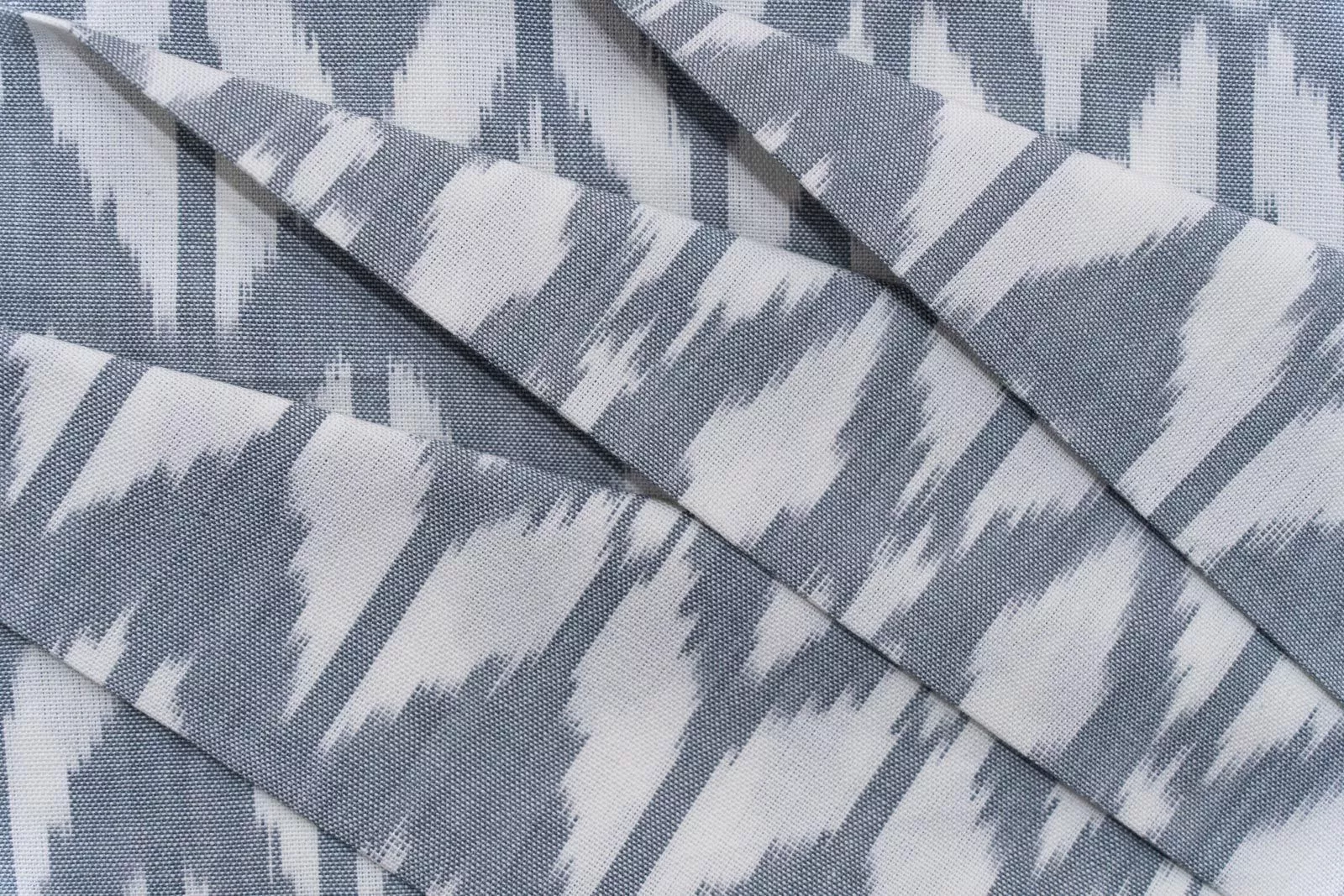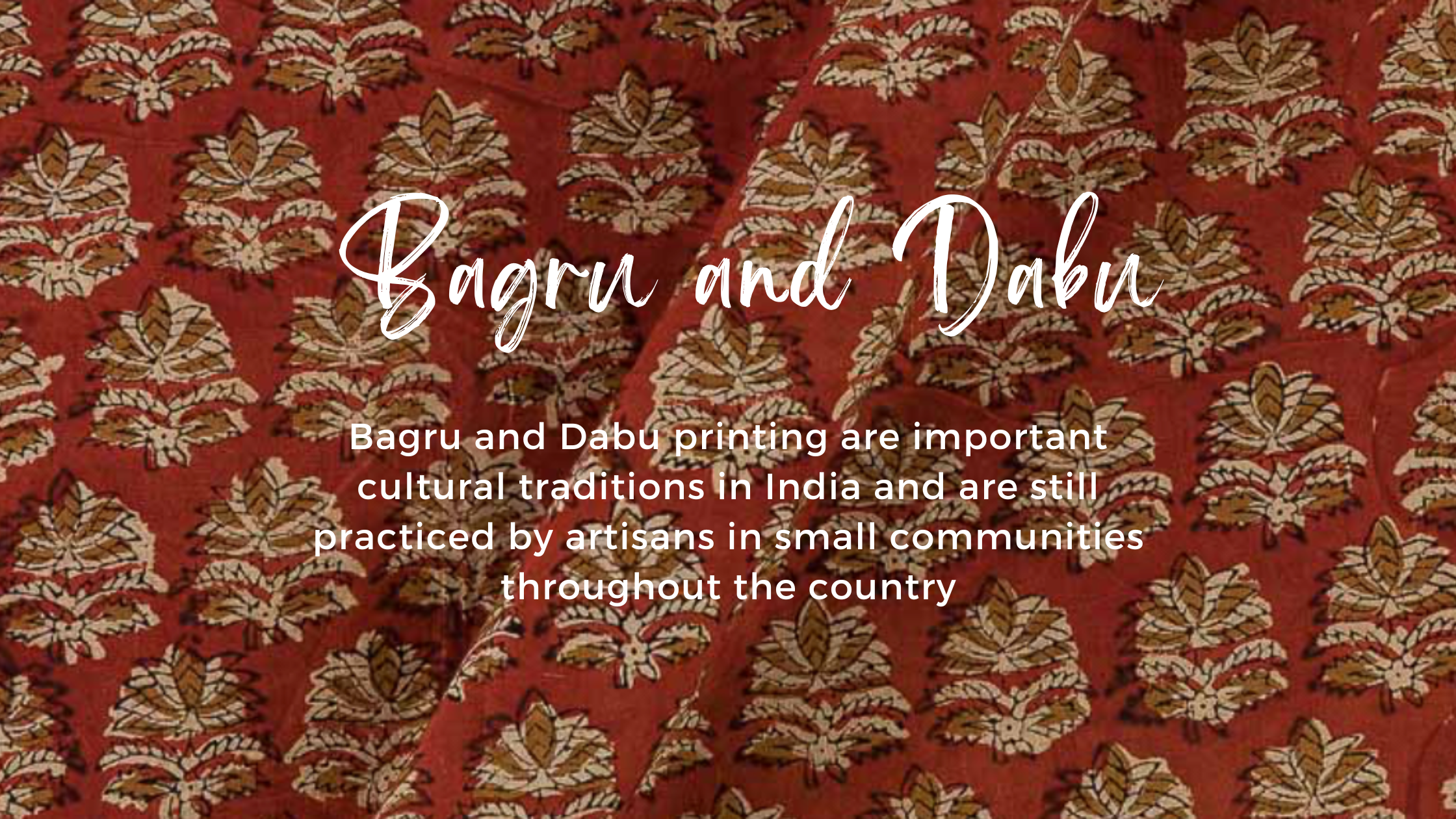
Ikat is a complex dying technique that uses silk or cotton materials. The finished result is a piece of cloth that has been dipped in multicoloured patterns and glittering. Orissa Ikat is most commonly connected with sarees. Before the material is woven, the Ikat patterns are coloured and binded into the threads. This distinguishes it from the Tie and Dye method, in which the fabric is weaved first.
History and Origins
Ikkat is a practise that originated in various places of the world, including Southeast Asia, Central Asia, South America, and West Africa. Ikat is a type of cloth dyeing that dates back thousands of years. The word “Ikat” is derived from the Malay word “mengikat,” which means “to tie or bind.”
Orissa Ikat, according to sources, dates back to the 12th century, when artisans from the Patan region of modern-day Gujarat relocated to Orissa and continued the skill.
Varieties
Orissa Ikat is divided into three types:
Single Ikat is a technique in which the warp or weft threads are dyed separately.
In the second method of combining Ikkat, both warp and weft yarns are utilised in various portions of the cloth.
Both warp and weft threads are tied in a highly accurate manner in Double Ikat, so that when the threads from both axes mesh at certain spots, a finished pattern appears.
The Making
Orissa Ikat uses a process called `resist dying’. Essentially the core fabric materials used in the Orissa Ikat are silk or cotton. The tools required for carrying out the process are – Pick, scissors, dye vats, rubber bands, or other tying material to resist dye.
The process starts with the warp or weft threads being bundled and bound with rubber bands which can resist the action of dye colors. The bundles, then, are tied to a wooden frame and put into the dye vat. Here they are given repeated dye treatments to generate bands of pattern.Once the dying process is completed, then starts the complex and intricate process of weaving these threads into a stable piece of fabric. The entire process involves almost an entire family’s participation in different aspects.
Traditionally colors from plants, flowers, and barks of trees were used as dyes in the process. But in recent times, increase in demand for Orissa Ikat has fueled the need to use chemical dyes as well.
Maintenance
For silk sarees, a gentle wash by hands or dry cleaning is recommended while the ironing should be done at a moderate temperature level.For cotton Ikat sarees, a thorough wash in the washing machine can be done or better still a dry cleaning session.
Innovations
Traditionally Orissa Ikat was practiced by artisans using hands. Given the rising demand and modernization of processes, today Orissa Ikat is carried out in an automated manner using machines.
Global Appeal
Renowned international fashion designers world over like Missioni and Jhane Barnes have taken inspiration from the Orissa Ikat designs and successfully used the same in their works.




Leave a comment